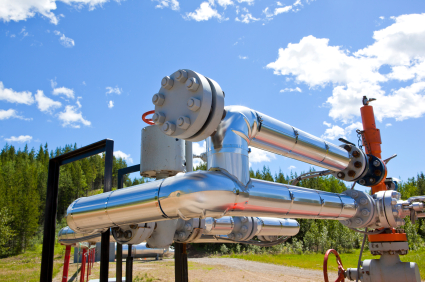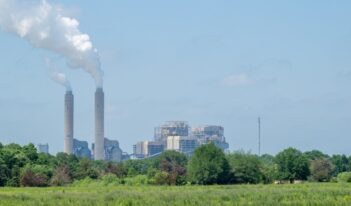
Agency plans to study treatment of fracking water and propose regulatory standards.
The U.S. Environmental Protection Agency (EPA) has announced its schedule to develop regulations for the disposal of wasterwater from hydraulic fracturing – known as fracking, for short. Fracking, a process that uses high-pressure liquids to extract natural gas buried deep underground in shale and coal beds, has generated controversy over possible groundwater contamination.
EPA acknowledged in its recent announcement that safe natural gas extraction is part of a national strategy for energy security and domestic energy production in the United States.
“We can protect the health of American families and communities at the same time we ensure access to all of the important resources that make up our energy economy,” stated EPA Administrator Lisa Jackson.
Under the Clean Water Act, liquids used in shale fracking cannot be directly released into U.S. waterways. If operators comply with EPA’s gas and oil effluent guidelines and make sure the liquids pass through a Publicly Owned Treatment Works (POTW), then the liquids can be discharged into U.S. rivers or streams. However, according to a staff report prepared for House Democrats, POTW plants are not always equipped to treat the hazardous chemicals found in post-fracking water.
In contrast with water from shale fracking, the water discharged from fracking coal-bed seams is not currently subject to national regulation even though about half of it is directly discharged into U.S. waterways. Some states regulate this wastewater, but there are no national guidelines for doing so.
Environmental groups and Pennsylvania environmental secretary Michael Krancer requested EPA develop national wastewater standards. According to EPA’s plan, pretreatment standards for shale gas fracking water will be proposed in 2014; standards governing the release of coal-bed fracking water will be proposed in 2013.
The Independent Petroleum Association of America simply stated it would work with EPA to create the guidelines. Daniel Whitten, spokesman for the American Natural Gas Alliance, emphasized that state regulators are best equipped to address this issue, but that his group will continue to be a vocal stakeholder as EPA develops regulations.
Environmental groups have praised EPA’s announcement. In a press release, for example, Earth Justice called EPA’s plan a “common sense solution for this growing public health problem.”



